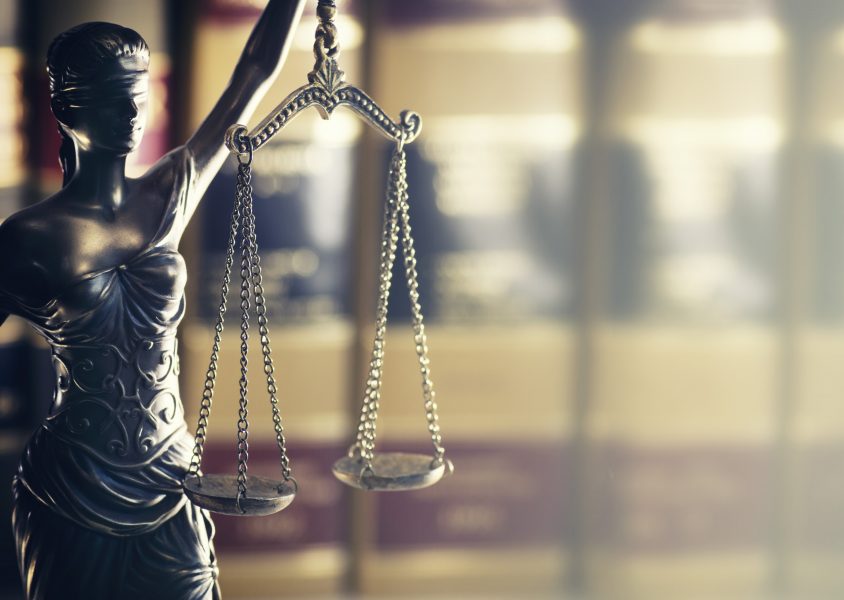As of Friday, April 3, 2020, the Small Business Administration (SBA) is accepting loan applications from lenders under the Paycheck Protection Program (PPP), enacted March 27th. APPLY TODAY (or as soon as possible) if you are eligible and wish to participate in this first-come, first-served $349 billion program. Once these dollars are exhausted, the program will not accept additional applications. PPP loans do not have to be paid back if borrowers use at least 75% of the loan to retain employees and cover other specified expenses over an eight-week period. For more information on the PPP, please consult our detailed memo here, visit the SBA’s dedicated website here, and review the Interim Final Regulations, the most recent and detailed guidance published April 2, 2020, here.
What is Available?
Under the PPP, small businesses and 501(c)(3) nonprofits may apply for loans of up to $10 million, based on a formula tied to the entity’s payroll costs. These loans may be applied to payroll costs between February 15 and June 30, 2020, including the costs of benefits (including healthcare and retirement), employee leave, insurance premiums, state and local taxes on employee compensation, mortgage interest, rent, and interest on outstanding debt. Loans may be forgiven in whole or in part if certain criteria are met, described below.
Who is Eligible?
Small businesses who are eligible for PPP loans generally must have fewer than 500 employees and must have been in operation as of February 15, 2020. Certain businesses with more than 500 employees may also be eligible, in accordance with SBA’s size standards, which are based on average annual receipts and/or number of employees, dependent on the particular industry. In addition, 501(c)(3) nonprofit organizations, 501(c)(19) veteran’s organizations, and certain tribal business concerns are eligible to apply for the loans.
What Happens After I Apply?
Once an application is submitted and approved, the loan will carry an interest rate of 1.0% for a maximum term of 2 years. No personal guarantee or collateral will be required, and the borrower pays no fees. Loans do not have to begin to be repaid for six months, but interest accrues during that time. Loan funds used for payroll costs, mortgage interest payments, rent, and utility payments, up to the full amount of the loan (and interest) may be forgiven. At least 75% of the forgiven amount must be used for payroll costs. The loan forgiveness amount will be reduced if the borrower cuts their staff during the eight weeks after the origination date of the loan or reduces salaries or wages of any employee by more than 25%. The PPP was intended to keep workers employed, so borrowers are incentivized to do so via the loan forgiveness option.
How Do I Apply?
Applications may be submitted to any lending institution currently approved by the SBA or the Treasury Department, with additional lenders expected to join the program. The SBA provides a sample of a borrower’s application form accessible here. The SBA began processing applications beginning April 3, and the program is supposed to remain open to applicants through June 30, 2020. Additional resources provided by congressional offices on the PPP process can be found here and here.
For questions or assistance in participating in the Paycheck Protection Program, please contact the Powers attorney with whom you typically work.

